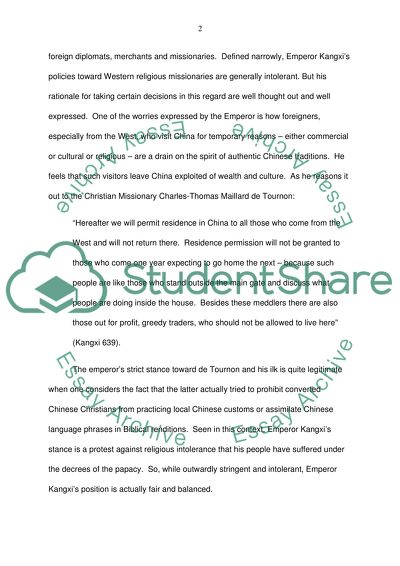Cite this document
(“Reigious Toleration Essay Example | Topics and Well Written Essays - 1000 words”, n.d.)
Retrieved from https://studentshare.org/religion-and-theology/1470851-reigious-toleration
Retrieved from https://studentshare.org/religion-and-theology/1470851-reigious-toleration
(Reigious Toleration Essay Example | Topics and Well Written Essays - 1000 Words)
https://studentshare.org/religion-and-theology/1470851-reigious-toleration.
https://studentshare.org/religion-and-theology/1470851-reigious-toleration.
“Reigious Toleration Essay Example | Topics and Well Written Essays - 1000 Words”, n.d. https://studentshare.org/religion-and-theology/1470851-reigious-toleration.


